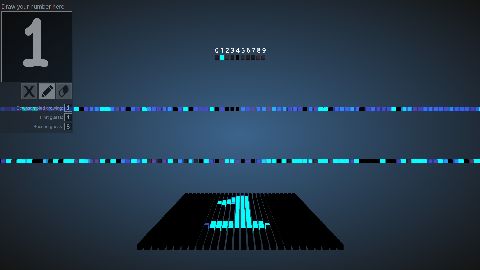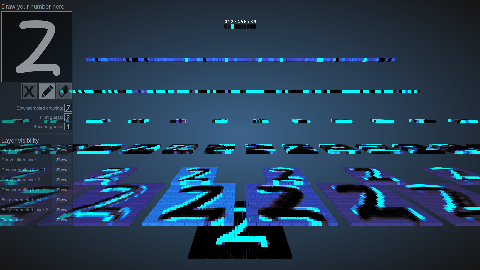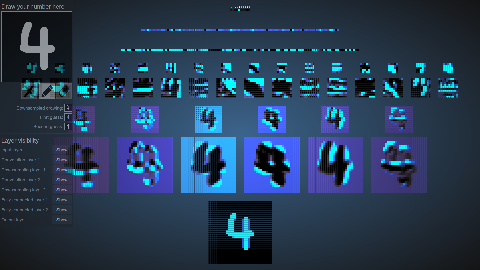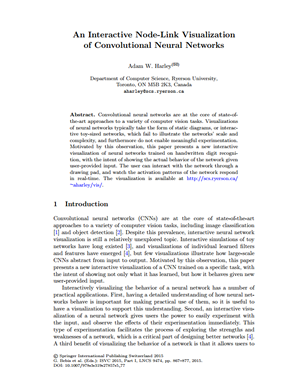An Interactive Node-Link Visualization of Convolutional Neural Networks
Featured in Popular Science

Abstract
Convolutional neural networks are at the core of state-of-the-art approaches to a variety of computer vision tasks. Visualizations of neural networks typically take the form of static node-link diagrams, which illustrate only the structure of a network, rather than the behavior. Motivated by this observation, this paper presents a new interactive visualization of neural networks trained on handwritten digit recognition, with the intent of showing the actual behavior of the network given user-provided input. The user can interact with the network through a drawing pad, and watch the activation patterns of the network respond in real time.
Demo
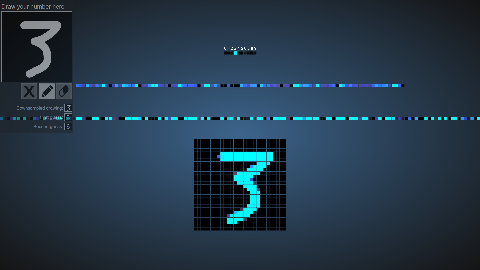 |
This is the same as the first visualization, but with the nodes flattened on a plane so that they are easier to see all at once. |
Code and implementation details
Our source code is freely available on github here.
A few details that might be interesting:
- The neural networks were implemented and trained using a custom MATLAB implementation of neural networks and backpropagation, which I wrote to help myself learn the basics.
- The neural networks' training data was an augmented version of MNIST, so as a result, these networks do best when the input drawings are upright and centered.
- The math for the visualizations is written in Javascript.
- The visualization itself is written in WebGL.
Paper
Citation
Bibtex format:
@inproceedings{harley2015isvc,
title = {An Interactive Node-Link Visualization of Convolutional Neural Networks},
author = {Adam W Harley},
booktitle = {ISVC},
pages = {867--877},
year = {2015}
}
